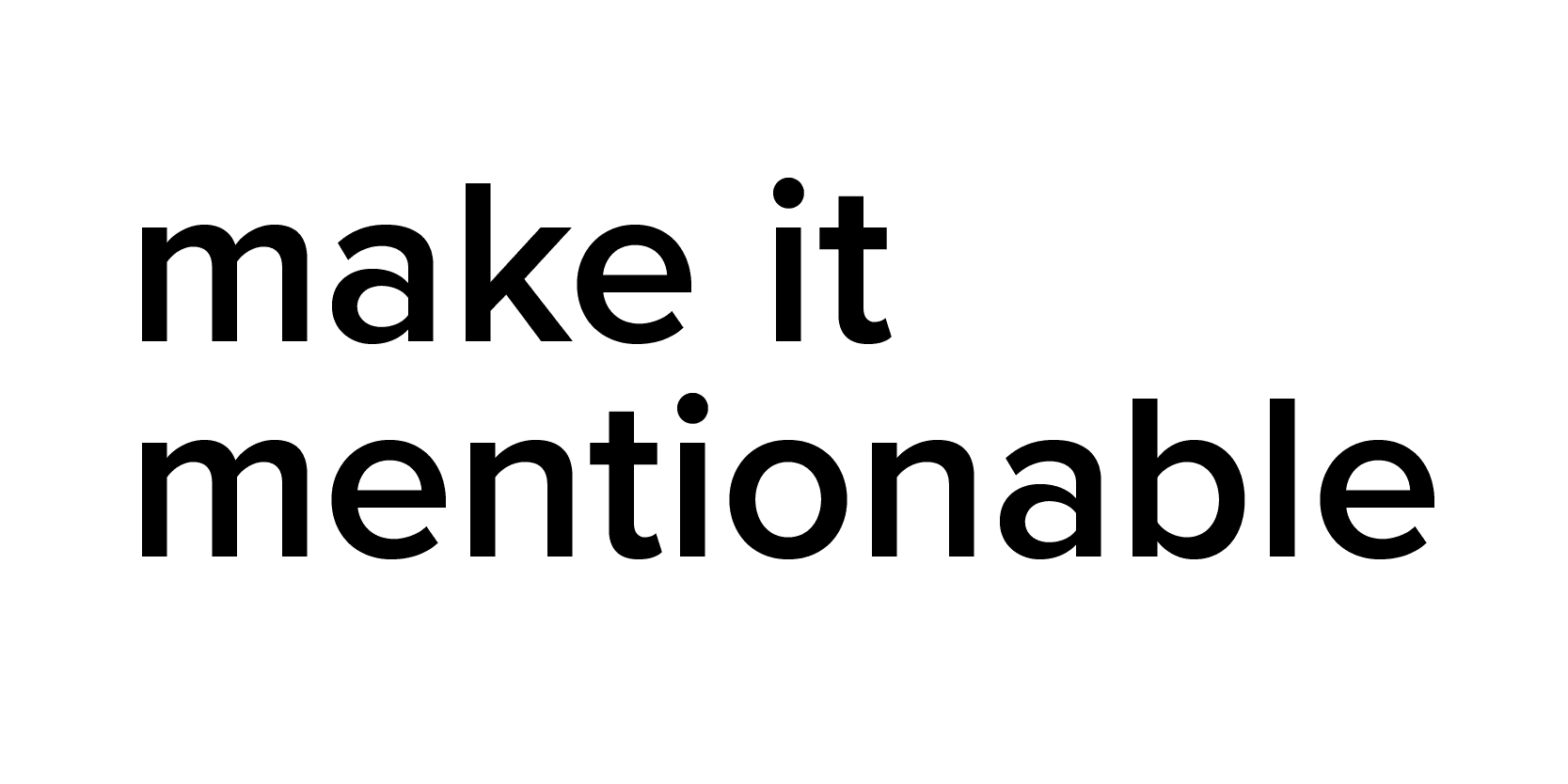As business owners, we’re faced with uncertainty a lot.
(Not to mention 2020 seems to be giving dose after dose of uncertainty in general).
But as the owner of your business…
You’re the one making all the decisions.
You’re the one coming up with the next idea.
You’re the one executing (oftentimes solo).
Which means you’re also the one determining, finding, and attracting where that next payment will come from.
It’s a mindf*ck at times.
Which is why being able to tolerate uncertainty is one of the top skills to cultivate as a business owner.
When you can tolerate uncertainty, your resilience increases.
Resilience is magic because the need to pivot is pretty much guaranteed in business owner life.
What did you think of when you read the word pivot?
I hear it getting lumped into a negativity sandwich all the time.
“Oh, that idea failed, I guess we need to pivot!” In cases like this it’s merging a sense of failure with the need to pivot.
So often people make it seem like you only pivot when you’re not successful. In the above scenarios, the choice to pivot is reactive.
But what about pivoting when you’re successful? What about the proactive pivot?
The moments when you’re comfortable, almost too comfortable so walking away seems silly. But at the same time you kind of hate what you’re doing and are starting to resent the type of work you take on…
Pivoting in these moments where you’re monetarily satisfied but emotionally drained is less talked about.
But it’s these pivots that are THE BEST.
If I had pivoted before getting to burn out, I would have saved myself countless hours of stress and thousands of dollars.
That’s why I love working with women who are ready to pivot to feeling fan-fucking-tastic in their life and business.
And while pivoting can be rife with uncertainty, it can also lead to the biggest transformations.
Not to mention, dropping those offers that are no longer serving you is incredibly freeing.
Here’s how you can start to design your life to handle uncertainty effortlessly and pivot like the priestess you are.
1. Reframe the illusion of certainty
First things first, as my OCD therapist so elegantly told me once, “the only thing that’s certain is uncertainty. So get comfortable with it.”
2. Create a routine
Routines, schedules, and habits help anchor your mind to the present and reduce the need to think of all the crazy what-ifs that can be so easy to cling to.
💭 Who do you need to become for this type of pivot to go beautifully? What habits, schedules, routines can you put in place?
For the past two weeks, I’ve been visiting a friend and the routine we have in place has led to me writing with more ease and flow than I’ve experienced in the past 4 months. Environment + habit = a magical combination for calming the chaos.
3. Schedule it out.
Because pivots often come with the pressure of it feeling like a gigantic moment in life, we tend to think about them on a macro level.
Chunking it down, planning it out, and creating a schedule for yourself can help.
Plus, that means you’ll be taking action and racking up small wins which are the exact evidence you need to reinforce the powerful beliefs that you can indeed pivot.
💭 How can you break down what you want to do even smaller so you can rack up some easy wins?
4. Create a Checklist
Once you chunk down, create a checklist.
Surgeons use checklists to decrease death and infection rates in hospitals. Construction teams use massive, highly detailed checklists to keep the building schedule on track.
Checklists free up mental real estate.
I personally love using a To-Done list. You can snag mine here if you want. As a team, we use Click-Up to manage our checklists.
5. Plan in rewards
We often blow right past our goals or major milestones. Taking the time to notice what we’ve accomplished is important.
💭 How are you going to celebrate the small wins? What rewards can you build into your pivot plan?
I’ve put a virtual party on the calendar for when applications to The Unshakeable Inner Circle close. I love presupposing success in this way and having things to look forward to.
6. Go for a walk
There’s a running joke with a few of my friends that if I haven’t been walked by 3:00, I start to fade. It’s like hanger but from deprivation of fresh air.
Plus, exercise has a way of reminding us that we do have the ability to move around in this world and avoid staying stuck.
7. Assess your emotions
“What emotion am I feeling right now?” is a great question to check in with yourself. Pivoting can bring up many WTF moments and that hamster running on the wheel inside your head doesn’t always label emotions correctly.
Ask yourself, “What emotion am I feeling right now?” to help regulate and see patterns that keep deciding to show up.
Pivoting in your business can be the most freedom-inducing experience. If you’re ready to make a change and finally start trusting yourself so you can make it happen, get in on the FREE Poised to Pivot masterclass. We’ll work together to create your pivot plan. (When you click the link you’ll be automagically registered and more details will be sent your way).
